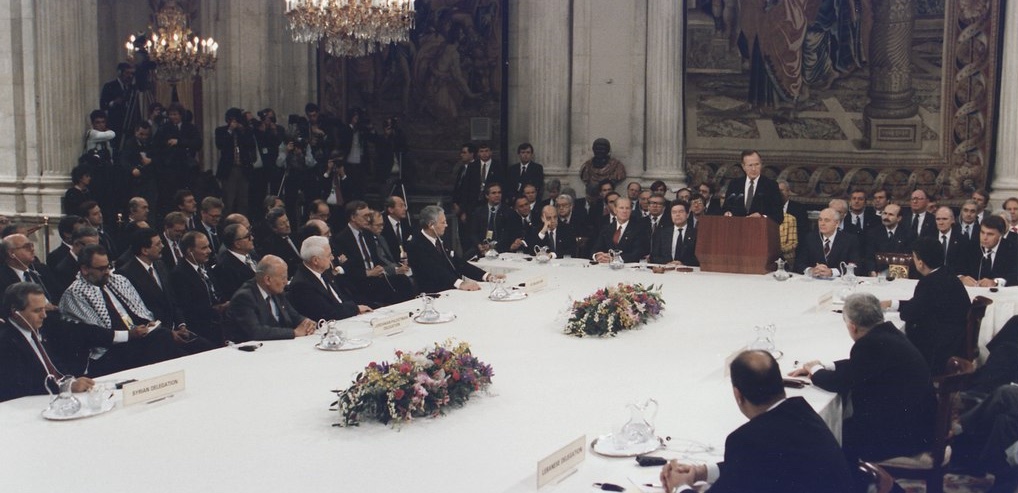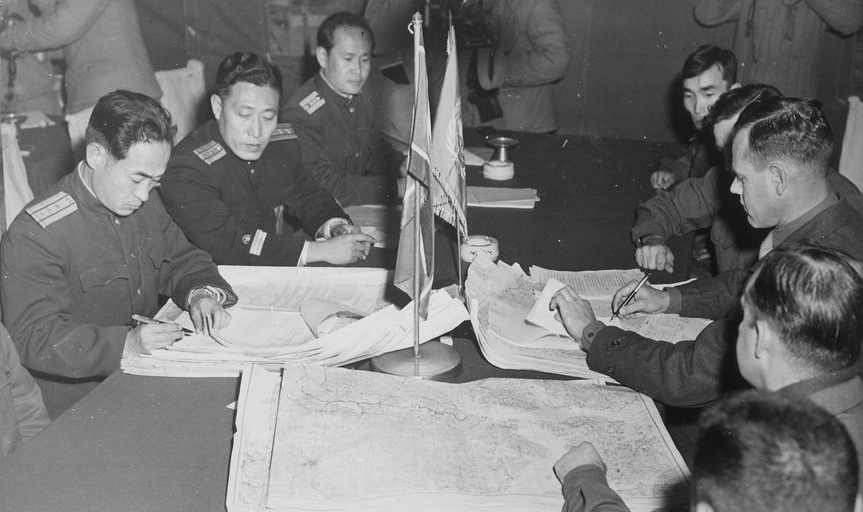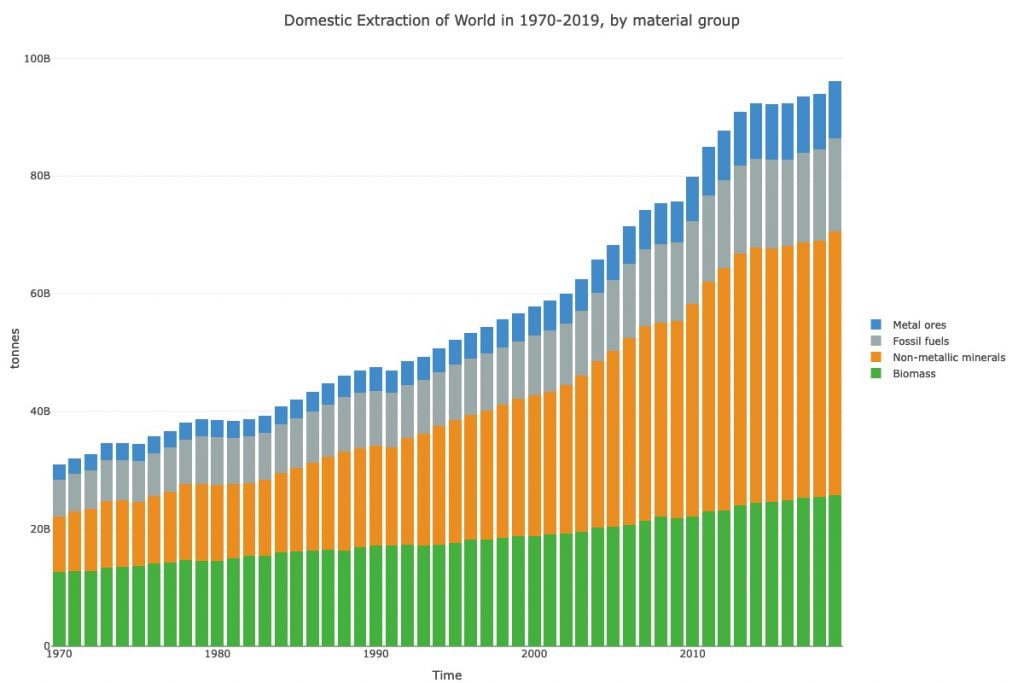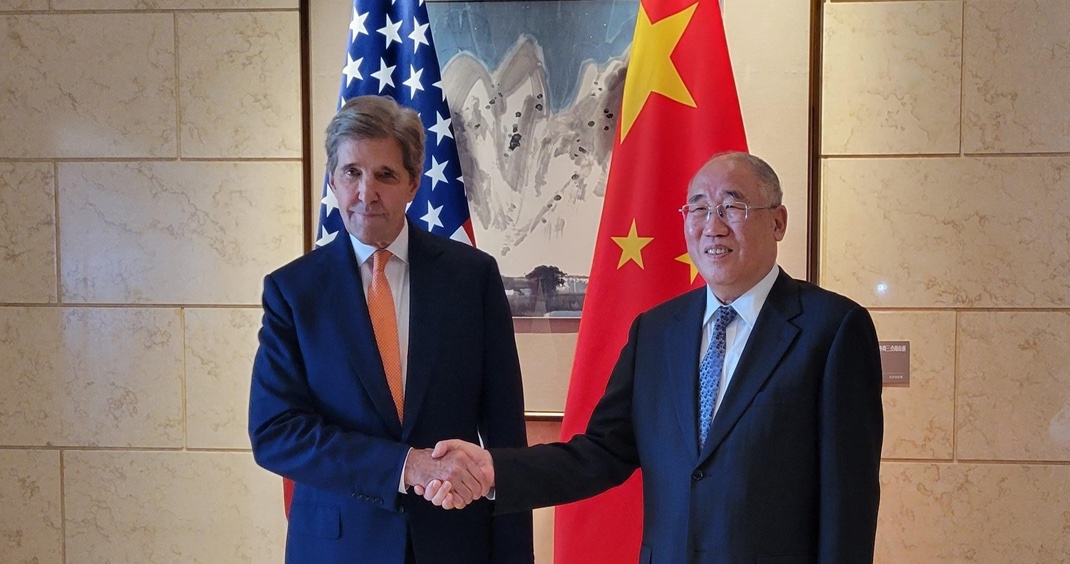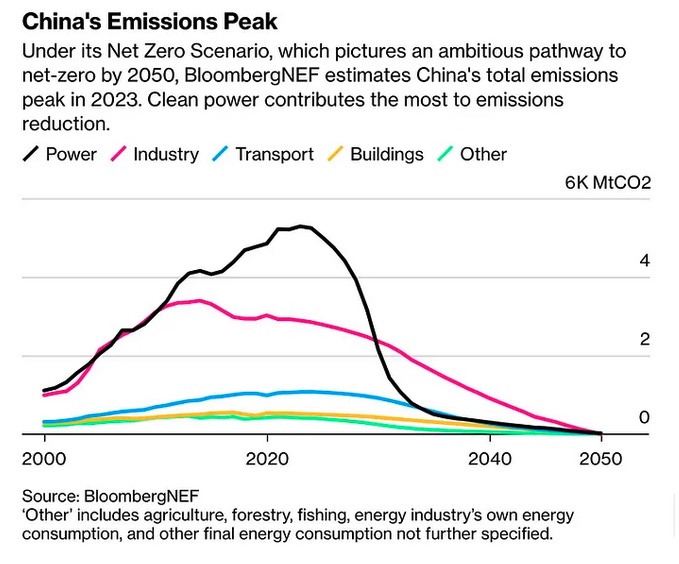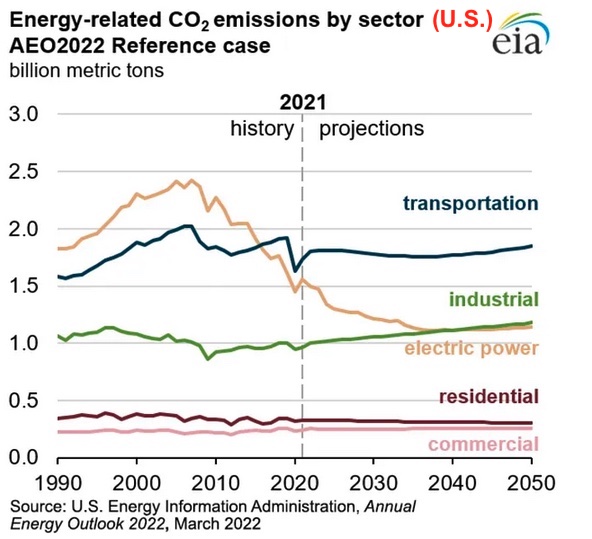Last Thursday, Pres. Biden said in an interview with the TV news show “60 minutes” that while he fully supported Israel in its ongoing war with Gaza, he thought that Israel should not return to “occupying” Gaza. The interview did not air till Sunday, when it was seen as showing the one instance in which Biden has dared add a note of caution or demurral to the crass belligerency being continually voiced by Israel’s leaders.
With Biden now poised to leave for a visit to Israel that’s slated for tomorrow, his stance towards the actions Israel takes in Gaza gains even more relevance. Meantime, he has notably not called for Israel to halt any of the gross violations of international law that Israel continues to commit against Gaza’s 2.3 million people; and there have been well-authenticated reports that his State Department officials are not even allowed to utter the words “ceasefire” or “de-escalation” with respect to the Israel-Gaza conflict.
So his call on Israel not to “occupy” Gaza has some importance. What does it mean? Neither he nor anyone in his administration has spelled out whether it means he is urging Israel, which has sent massive ground armies to the edge of the Gaza Strip poised for a ground invasion, not to launch such an operation—or whether he’d be okay with them undertaking a ground invasion of limited extent and duration; or whether he’d be okay with them launching a total invasion of either the whole of the Gaza Strip or “just” its northern half, provided only that they don’t stay there too long.
Which is it?
Continue reading “Biden, ‘occupying’ Gaza, and the ‘Strategic Madman’ theory”

